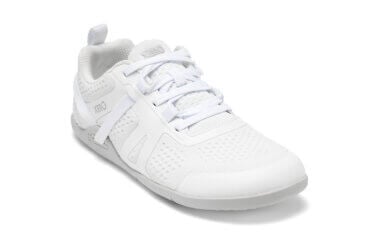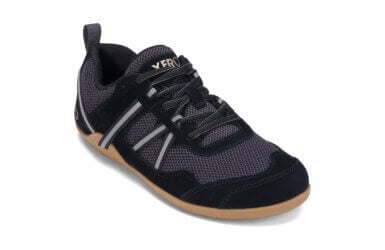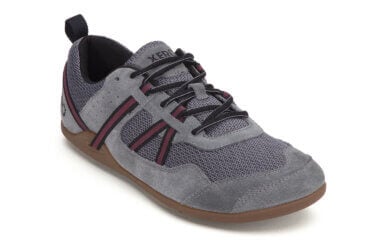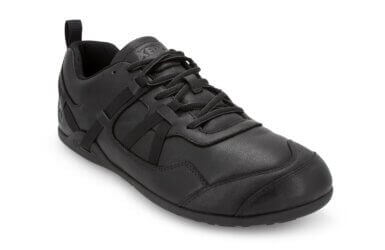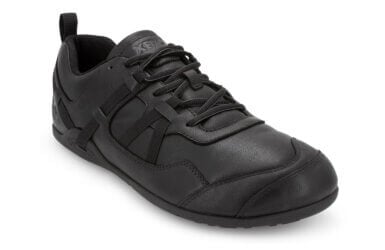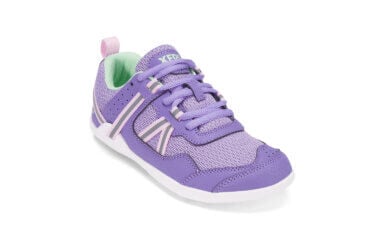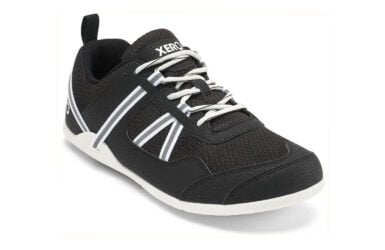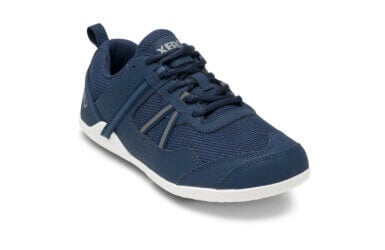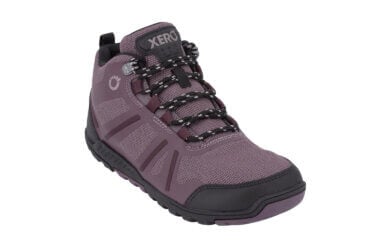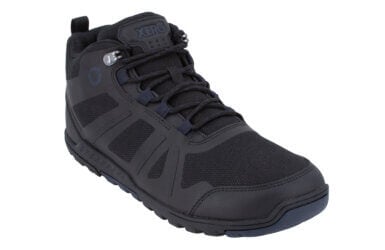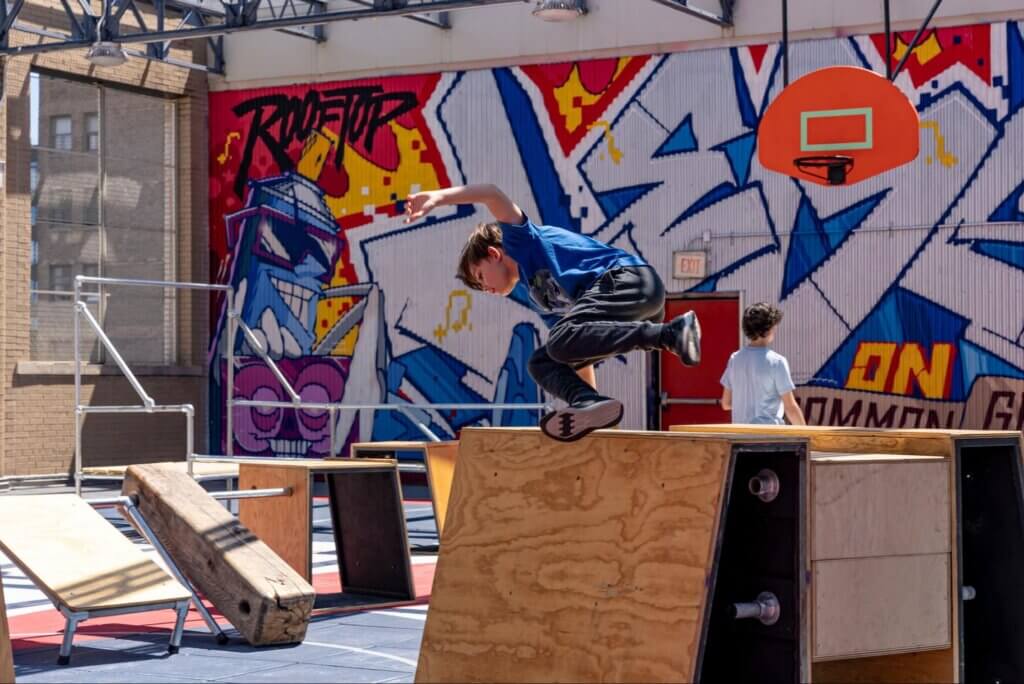
No Matter What Your Age, Parkour Is An Activity That Offers Many Benefits
Many think of it as a high-flying sport of dangerous stunts. Given this perception, people may be hesitant to give parkour a try.
Contrary to what some may think, parkour is a safe activity regardless of age or ability, under the guidance of an instructor.
Like any activity, there’s risk involved – but this risk can be viewed in a positive way. It allows kids to develop risk management while pushing themselves to new personal limits.
Keep reading to see why parkour is a great activity for kids and adults, regardless of age or ability.
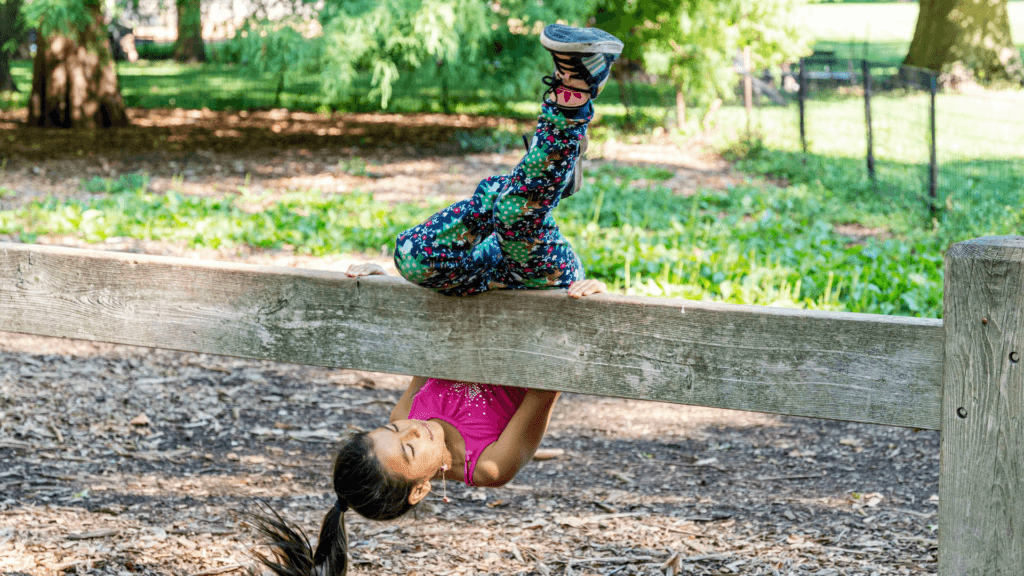
Parkour for Kids
Parkour is about being capable of your movements, navigating your environment, and overcoming obstacles using your body efficiently. While it can be a great way for kids to burn energy, parkour offers many benefits that bring out the best in kids.
Kids will run, leap, and climb, learning to push within what they’re capable of doing and gaining confidence in their abilities. Through parkour, they will grow and develop new skills. It’s a way for kids to be active, creative, and think critically.
Benefits for Kids
The activity has plenty of benefits and brings out the best in kids. Here are some of the many ways kids benefit from parkour:
- Enhances critical thinking and creativity
- Trains you to take a smart, disciplined approach
- Develops body awareness and movement skills
- Improves spatial reasoning
- Builds resilience
- Learn the consequences of failure
- Conquer fear
- Develop risk management skills
- Improves self-confidence
- Develops leadership
- Build friendships through collaboration
- Increases coordination
Many skills learned through parkour will carry over into other areas of their lives as kids grow and develop.
Hear from instructors on why they recommend parents sign their children up for a class.
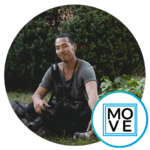
Steve Zavitz, The Movement Creative
Steve is the Chief Marketing Officer at The Movement Creative.
Parkour develops coordination and bodily awareness at an early age.
Many kids are fearless. They climb up to the tallest point on the playground and promptly jump off only to get right back on their feet to try it again. Others still are reluctant, hesitant to risk and afraid to fail or fall. For both of these attitudes, parkour is a great framework to teach kids how to listen to their bodies and develop awareness of how they exist in a space. That could mean testing their footing on an icy sidewalk, noticing soreness or injury, or knowing when they’re feeling strong and fresh to break a new jump. Safety is our highest priority when working with our students, and we believe that learning how to jump, balance, land, and even fall can prevent injuries and build confident movers.
Resilience and risk management build self-regulation.
We design our classes to be two hours long because we want our students to really dig in, engage with a challenge, and come up against frustration and boredom. Teaching kids to lean into the process of conquering a fear or working through the mechanics of a movement (especially when they want to give up or pivot to another activity) builds resilience, and we’ve seen that carry over into other areas of their lives like school, internships, and jobs. Ultimately, one of the main goals of parkour is to develop self-regulation so we can trust our kids to be independent and move safely, both in class and outside of it.
Movement is like glue for friendships.
Our classes put a strong emphasis on collaboration, whether it’s playing a group game like tag or assigning partner challenges like target practice, we like to get our students moving and playing together. We teach parkour as a non-competitive sport. ‘Winning’ for us means to keep playing, to learn something, and to belong. In practice, this means that students are creating interesting challenges for their classmates and continuing to modify activities to be difficult in an interesting way. The core of this is teaching empathy and supporting kids to understand what it’s like to be in someone else’s shoes. We’ve found that this develops stronger and longer lasting friendships; some of our students have trained together for 5-6 years and have carried that friendship into their adolescence.
Movement builds healthy and happy bodies.
Research shows that physical activity throughout life correlates to healthier, longer lives, and a lower chance of chronic illness. We are obviously passionate about parkour, but if our students can walk away from our classes with a desire to move and play that carries on to adulthood, I’d say we’ve done our job properly. The success stories we love to hear are how parkour has benefited kids who ended up in gymnastics, climbing, soccer, or track. Anyone who is willing to embrace challenge and approach movement with curiosity is an athlete, and we want to empower more kids (and adults) to identify with that.
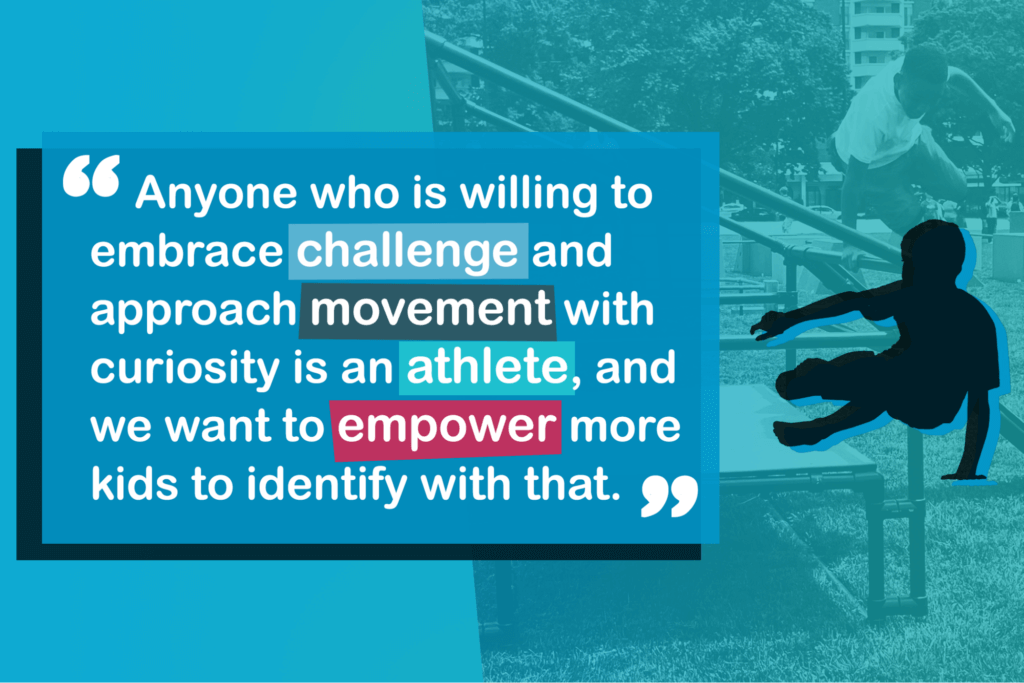

Travis Graves, American Parkour
Parkour Program Director at American Parkour
Overcome obstacles of all shapes and sizes
Parkour is the practice of becoming a better mover by overcoming obstacles! It is truly accessible to anyone because obstacles come in every shape and size, and it’s up to the practitioners themselves to choose the obstacles that provide the right challenge.
Harness imagination.
For kids, parkour offers some unique benefits not often found in more traditional sports and practices. For one, parkour harnesses the imagination. Every jump across a parking block or balance trainer is over a river of lava, every climb up a wall is to reach a treasure stashed high on a mountain top, every landing is quiet and stealthy like a ninja! Kids (and adults) learn best while playing, and so much of the practice of parkour for kids is simply guiding their instinct to run, jump, climb, balance, and tumble as play.
Enable controlled risk-taking.
Parkour also provides an avenue to introduce controlled risk-taking, one of the most vital abilities for kids to develop to keep themselves safe. By testing the limits of their physical abilities and assessing the risk (probability of failure) and danger (consequence of failure) kids cultivate an ever clearer mental map of their capabilities. Especially under the guidance of experienced and certified coaches, parkour students can safely and incrementally learn their limits, and then expand into greater and greater feats, leaving the old limitations behind!
Cultivate a relationship with movement.
The movements practiced in parkour come naturally to everyone; the question is not when one started parkour, but when one stopped. Balancing on a curb, climbing a tree, jumping down from a wall, these are things kids do anyway, parkour is simply the practice of learning to do so well and do so safely. Instead of attempting to insulate kids from the world, we give them the tools and opportunities to cultivate a relationship with movement and their surroundings. Rather than telling them to ‘get down from there’, we allow kids to use their own bodies and minds so they become confident, independent, and strong.
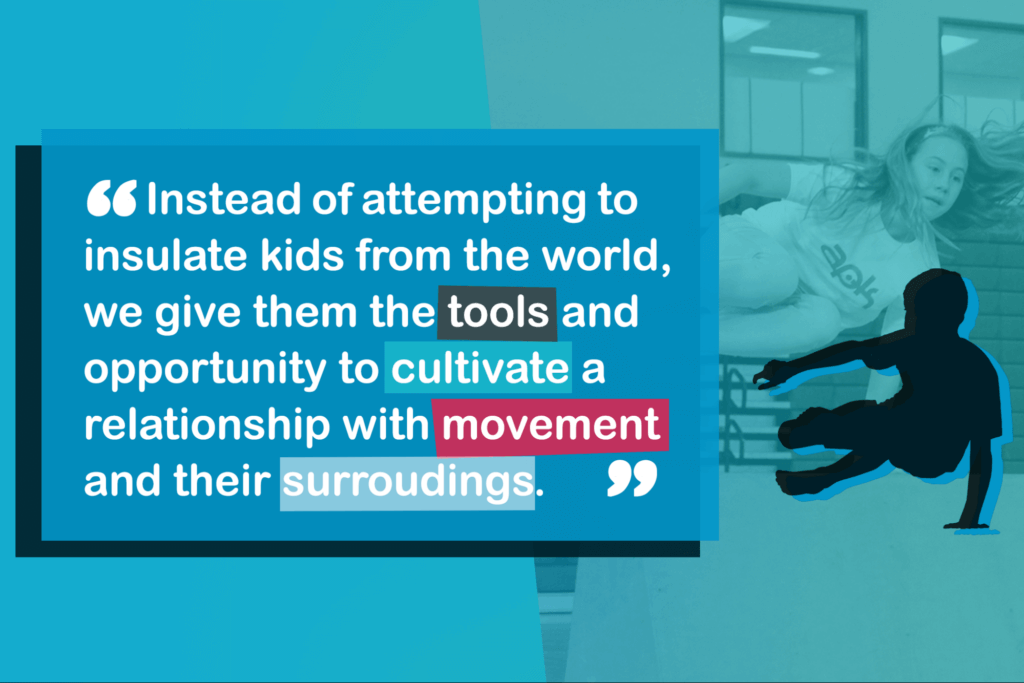
Parkour for Older Adults
Parkour is an activity that knows no limits, and that includes age. Older adults can get the same benefits anyone can which can help them as they age. It’s an activity that helps older adults regain and maintain strength while gaining more confidence in their movement.
Benefits for Older Adults
- Helps with fall prevention
- Improve flexibility
- Move your body like you would like to as you age
- Improve and maintain balance
- Maintain fitness
- Improves self-confidence
- Improved coordination
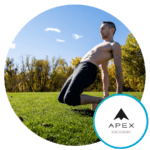
Sean Hannah
Strength coach/owner of MonkeyDo Movement, and instructor of the 40+ parkour program at Apex School of Movement
Enjoyable fitness
Let’s be honest – exercise isn’t fun. For the most part, it’s repetitive, difficult, and BORING. It’s why most people who start exercising end up quitting. On the other hand, moving is fun. Playing is fun. Parkour, as a discipline dedicated to creatively overcoming physical obstacles, combines moving and playing in such a way that you can get stronger and achieve a very high level of fitness without ever feeling like you’re exercising. This makes you much more inclined to ACTUALLY DO IT. And because of the great variety of movements used in parkour, older adults can find an enjoyable entry point to this practice that matches their current fitness level, even if they think they’re at ‘zero.’
Safety
Despite its reputation as an ‘extreme sport’ or daredevil hobby, in reality, parkour is the practice of developing locomotion and navigation skills. This applies to everyone, but especially older adults who are at risk of falling. With its emphasis on balance and “bailing” techniques – how to prevent, stop, or navigate out of a fall – as the foundation of its practice, parkour is not only safe for older adults, it might even be necessary.
Autonomy/Independence
One harsh truth of getting older is that the world begins to shrink to the level of our movement capacity. By teaching navigation and fall prevention, parkour can help older adults retain or reclaim the independence that so many of them begin to lose as their mobility declines.
Community
Humans are social creatures, but another difficult truth of aging is that it can be isolating. The loss of independence that a decline in mobility brings can also make it difficult to connect with others, and this can be very detrimental to anyone’s quality of life. In addition, older adults who may be on a fixed income or of limited means often find that money is a barrier to connecting with a community. Parkour is uniquely suited to address both these issues. The culture of parkour is and always has been one of openness and inclusiveness – at any given parkour gym or outdoor gathering, it’s not uncommon to see teenagers and older adults playing together, working through challenges, and cheering each other on. What’s more, the very nature of parkour means it can be applied to virtually any environment – indoor, outdoor, urban, nature, etc – FOR FREE. This makes getting together with friends as simple as going outside and acting like kids again!
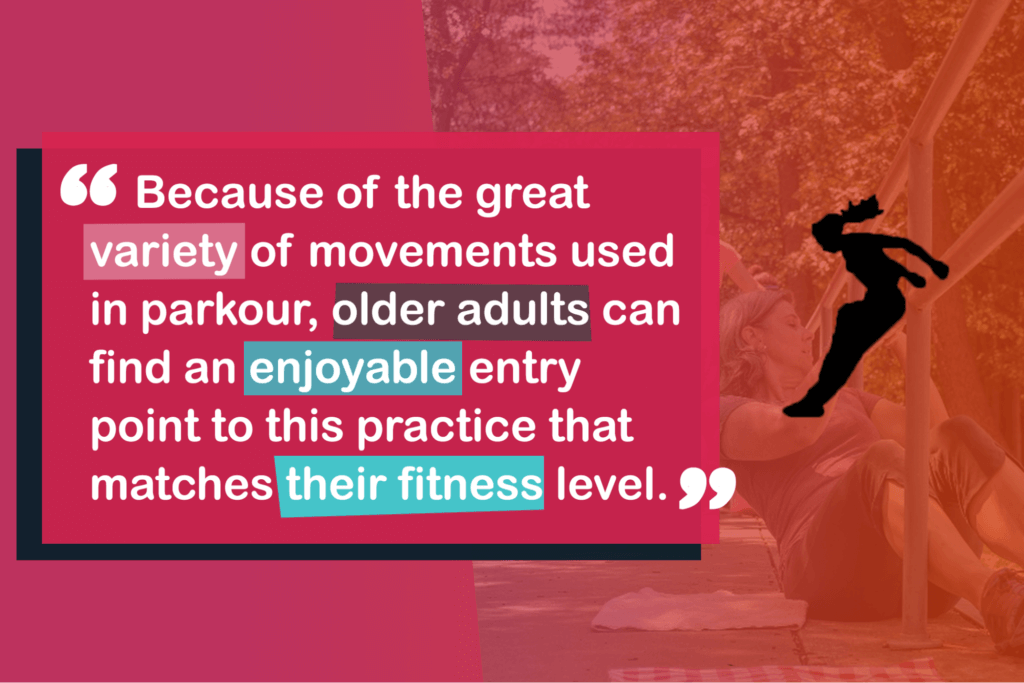
A Unified Vision for Growing the Sport
In parkour, you need the mindset to overcome barriers. That same mindset helps instructors and enthusiasts to grow the sport, enabling everyone to try it.
Ability
Regardless of age or ability, parkour organizations share a vision to grow the sport and shake the perception that it’s a dangerous, high-flying sport only for super-athletic people.
Inclusivity
The philosophy of parkour is rooted in inclusivity and pursuing personal enjoyment in movement. Parkour groups are welcoming and friendly toward newcomers and encourage everyone to experience the benefits of the activity.
Safety
While some may view parkour as dangerous, the truth is, it’s not dangerous if you do what is within your capacity. Taking controlled risks is about learning how to use efficient and effective ways.
Affordability
A huge barrier to physical health is a lack of affordability. Parkour is a universal activity that doesn’t require money or special equipment. Many gyms, organizations, and communities aim to make parkour affordable to families with children who are interested in the sport.
Public Equipment
While parkour organizations have indoor gym equipment, many parkour communities advocate for equipment in public parks and green spaces which anyone can use.
Get Started With Parkour
Here are a few ways that kids and adults who are new to the sport can get started.
Join a Community
Consider reaching out to a local parkour program or gym in your area. Instructors will help you get started and learn the basics.
Build Strength
With parkour, you want to push yourself to within what you can do. Starting an exercise and strength training routine will help improve your physical ability. Consider doing calisthenics like push-ups, pull-ups, and sit-ups.
Balance
A huge part of parkour is balance. Proper posture is the key to great balance. In addition to exercises that build balance by strengthening the lower body, practicing body control will make movements easier.
The Right Shoes Will Help You Build Strength
While very little equipment is needed to participate in parkour, your shoes will make a difference in training.
You’ll need a pair of durable shoes that are tried and tested and will withstand the wear and tear of movements. Generally, those new to parkour are encouraged to try shoes with thin soles, ideal for soft landings, while enforcing good posture and balance. This makes minimalist shoes the ideal footwear for parkour.
Simply wearing minimalist-style shoes can help develop the strength, balance, and posture needed for parkour.
Here’s how barefoot shoes can help you improve parkour:
- Barefoot shoes have a wider toe box allowing your toes to splay, adding stability. It feels great to not have your toes all squished.
- Truly barefoot shoes have a non-elevated heel (a “zero-drop”) which helps with posture. Normal shoes with a “drop” will shift your center of gravity forward, and adjusting to that can put strain on your back, knees, ankles, and hips.
- Minimalist-style shoes do not have unnecessary padding, so your muscles, ligaments, and tendons become natural shock absorbers and springs. They mimic the feeling of moving around completely barefoot while giving you a layer of protection when you run, jump and land.
- Wearing barefoot shoes, you can build strength in your feet and legs naturally. Barefoot shoes don’t “support” your arch which, like supporting any joint, makes the surrounding tissues weaker. Research shows that merely walking in a barefoot shoe builds foot strength as much as doing a foot exercise program.
Check out our recommended barefoot parkour shoes, for both kids and adults. For kids, we have our youth Prio fitness shoe, available in three colors!
Our Participating Organizations
A special thank you to our participating organizations who contributed to our article.
American Parkour
American Parkour has taught thousands of kids and adults to see the obstacles in the world not as barriers to shy away from, but as stepping stones to be conquered on the path to greater ability!
Website | Facebook | Instagram
The Movement Creative
Parkour and movement classes in NYC. Get outdoors and move! Offering classes for all ages, parties, and workshops.
Website | Facebook | Instagram
MonkeyDo Movement
Sean Hannah is the founder, and exercise physiologist and strength coach at MonkeyDo Movement.
Website | Facebook | Instagram
Apex School of Movement
Apex is a world-class parkour gym with locations in Colorado and California. The 40+ parkour program is led by Sean Hannah Sundays, at Apex School of Movement in Denver, Colorado.
Website | Facebook | Instagram
The content of this post does not constitute and is not intended to be a substitute for professional medical advice, diagnosis or treatment. Always seek the advice of a physician or other qualified health provider with any questions or concerns you may have about your health or a medical condition.

